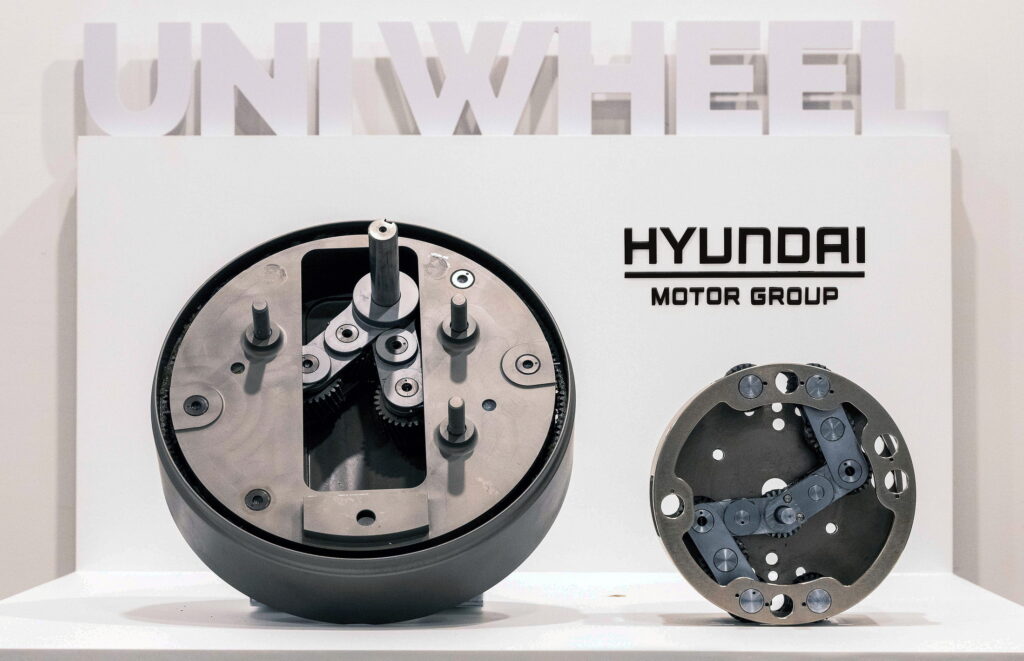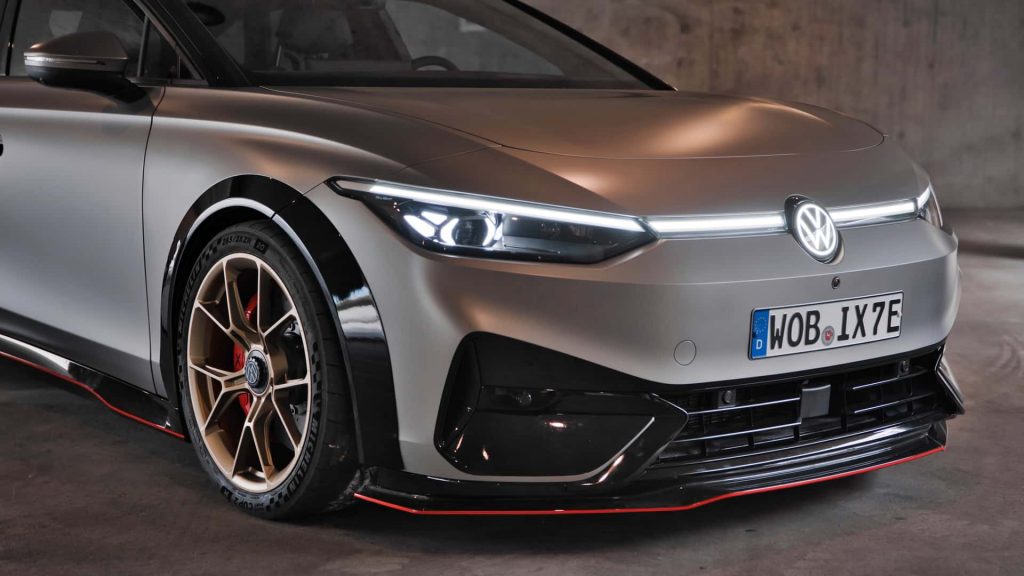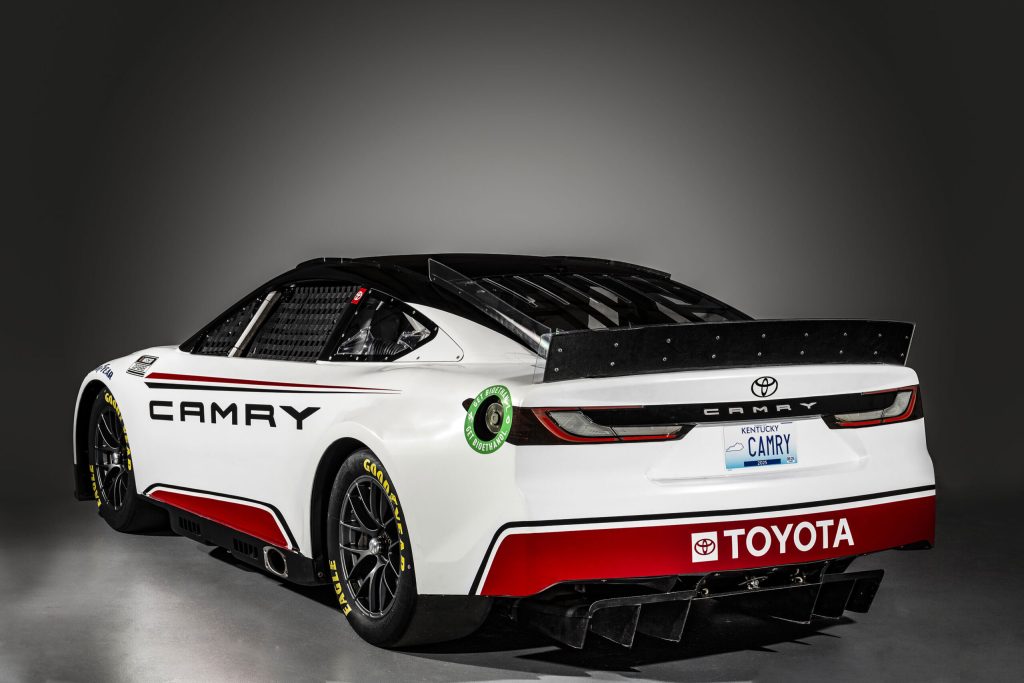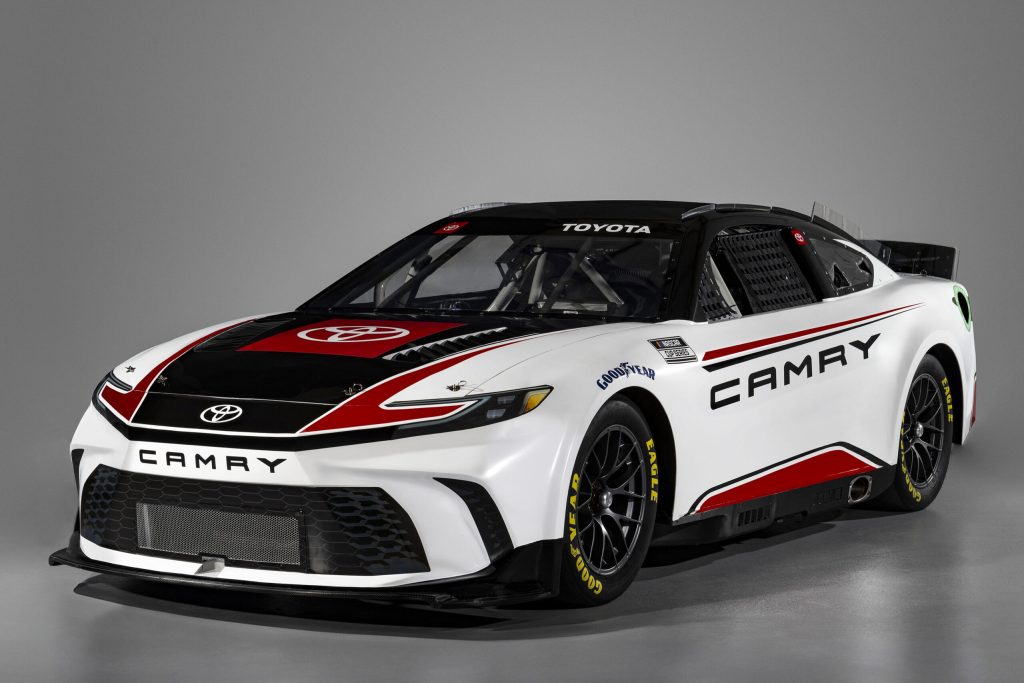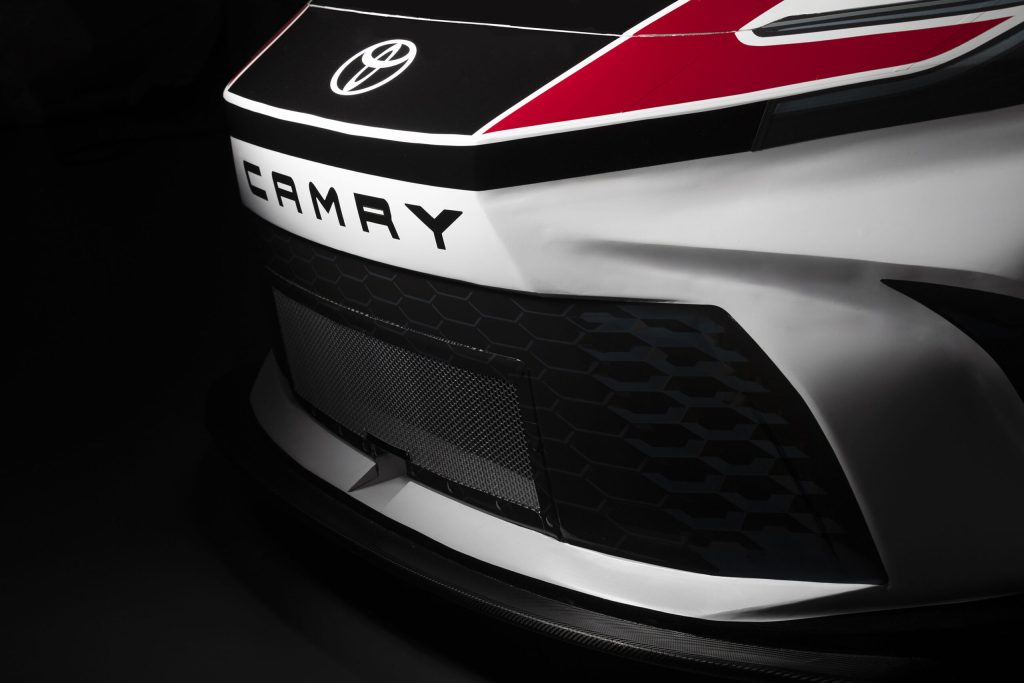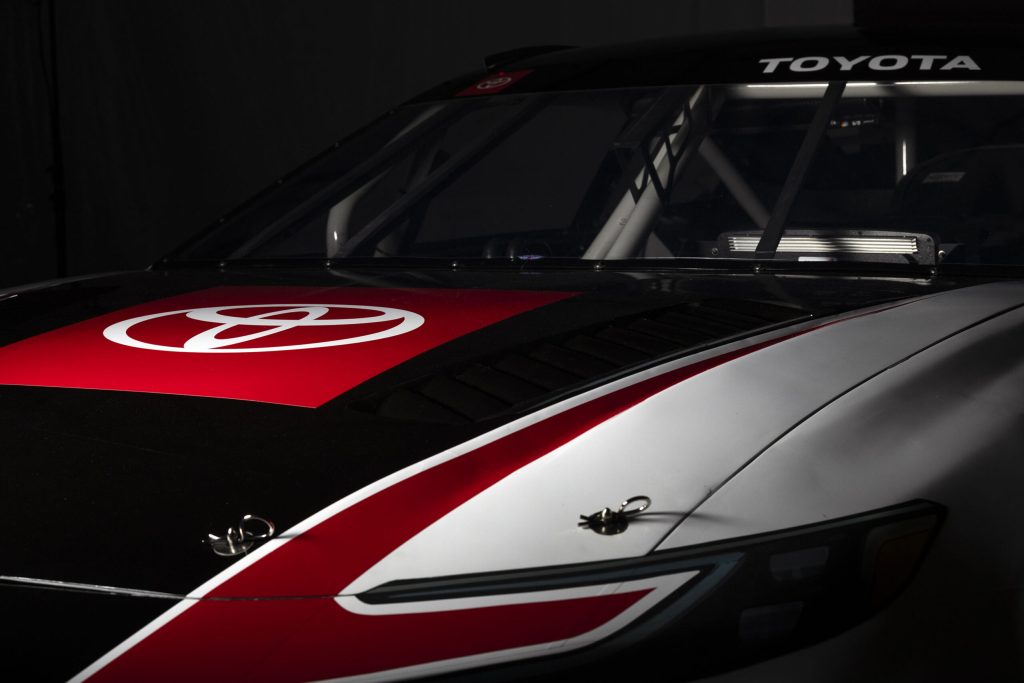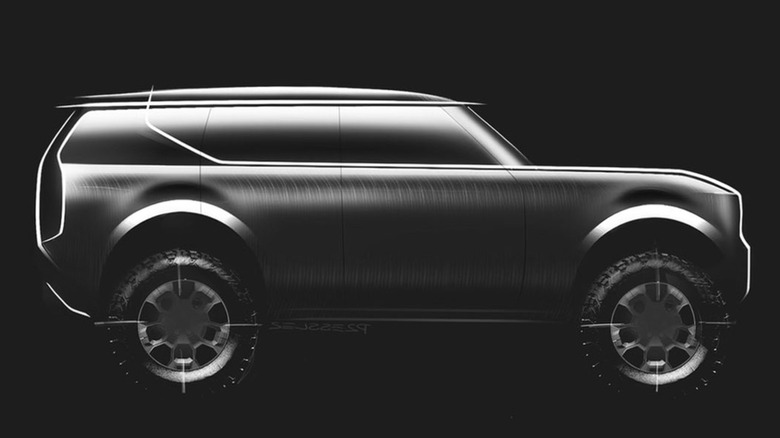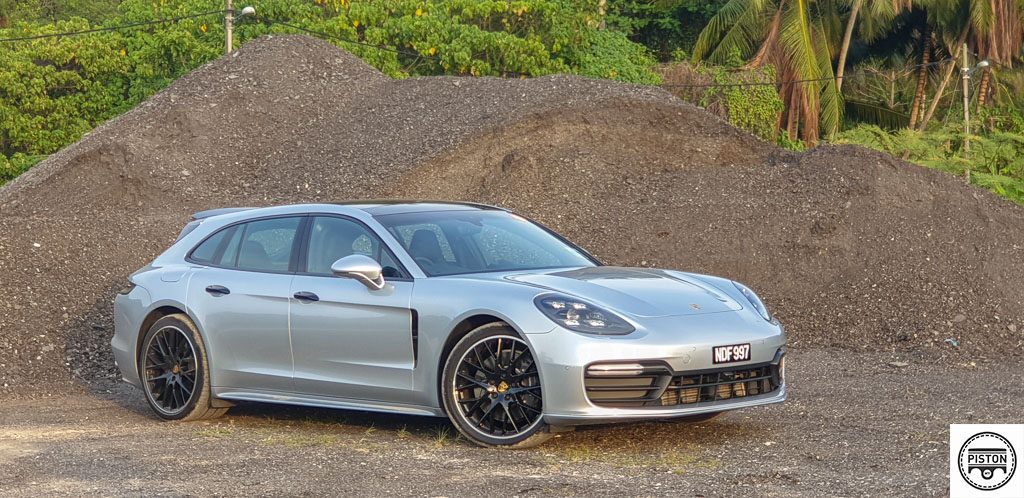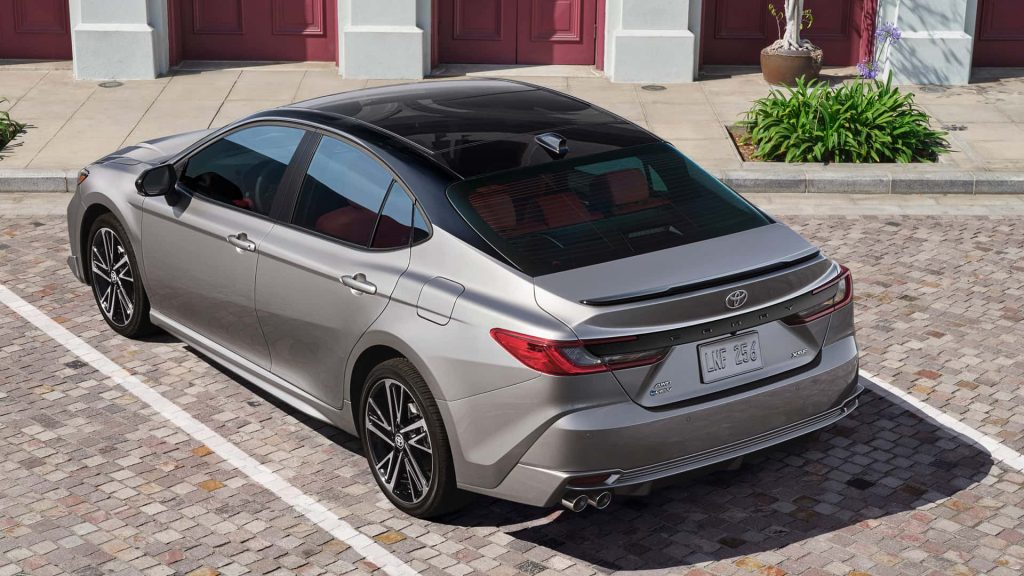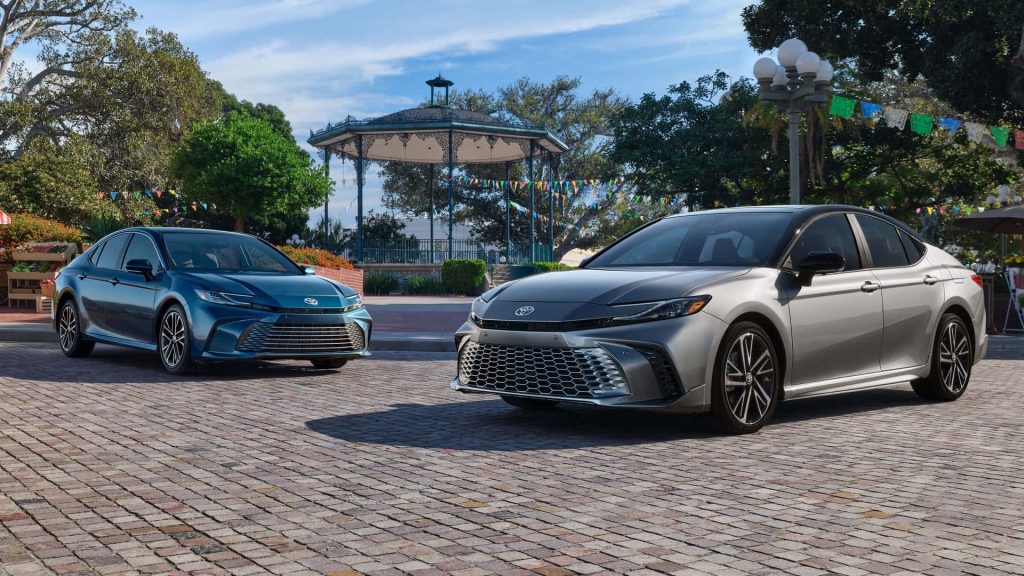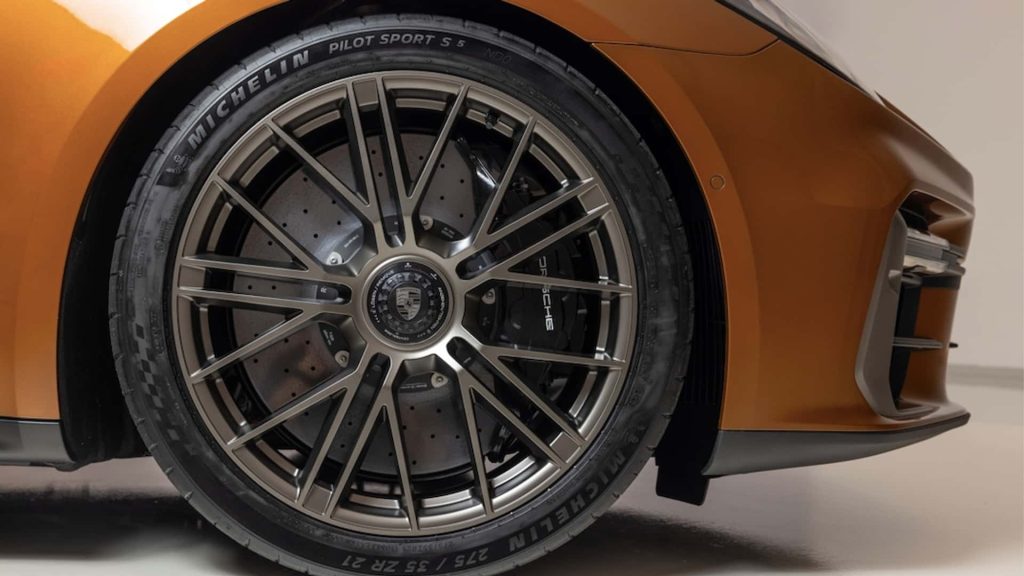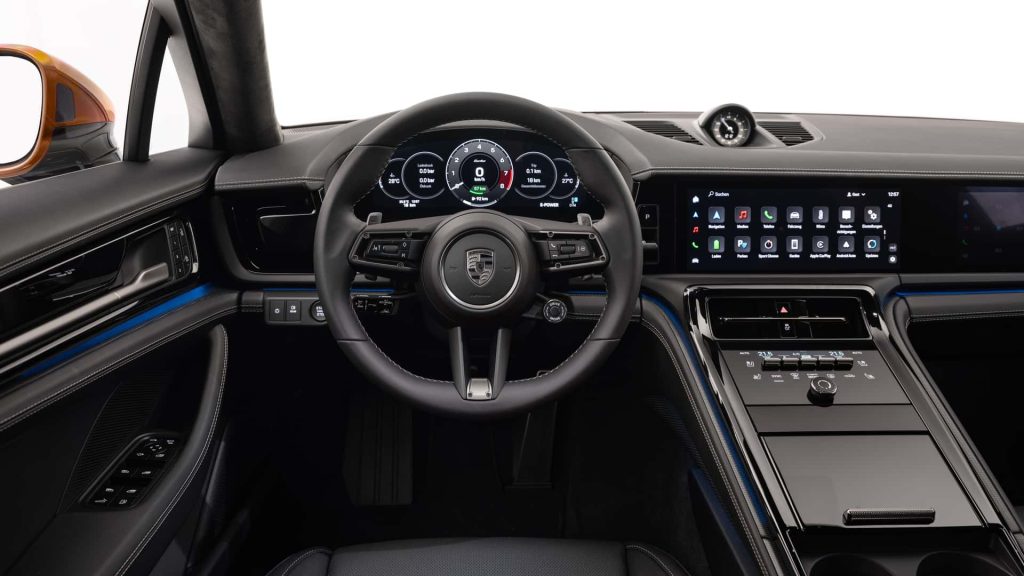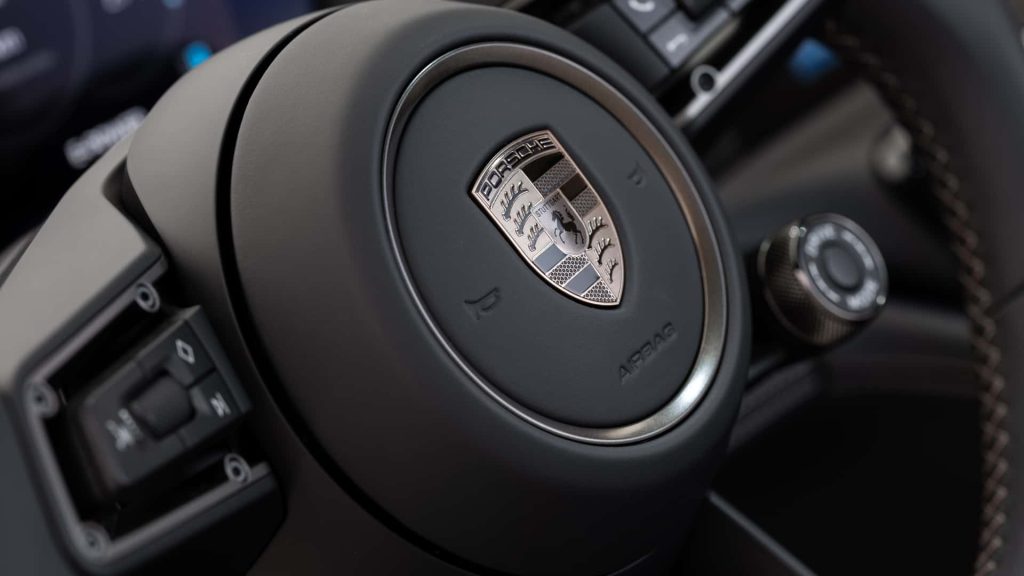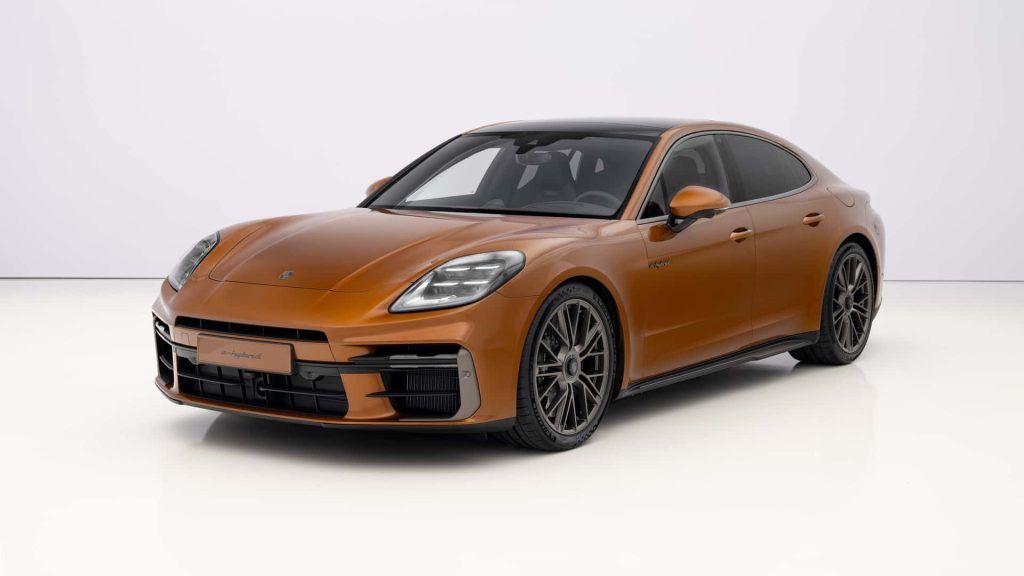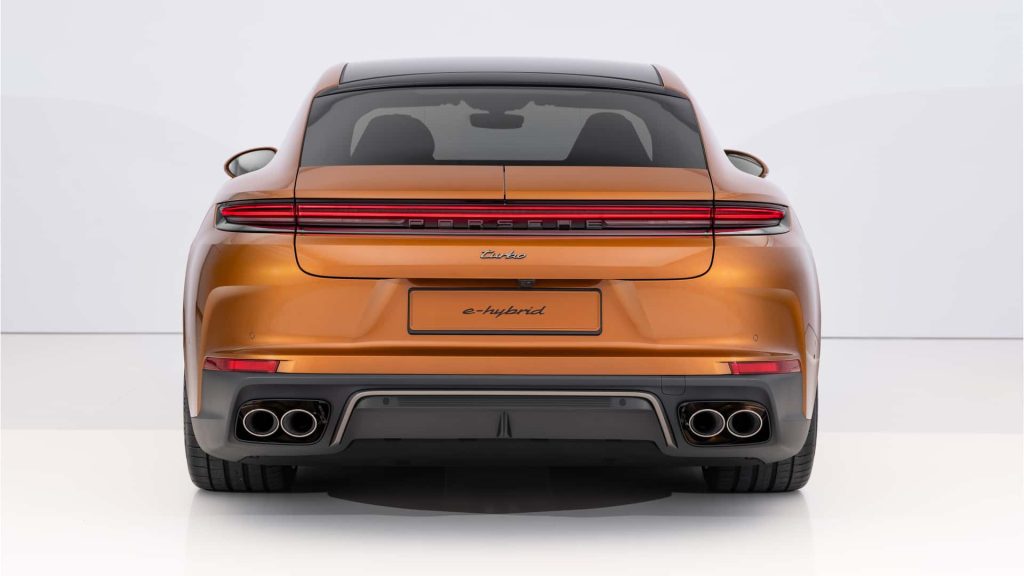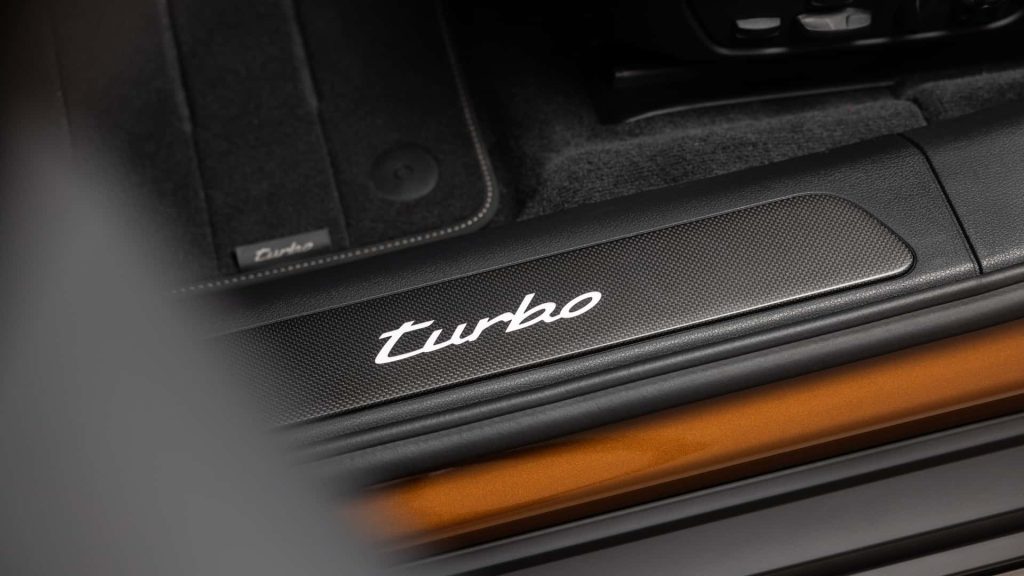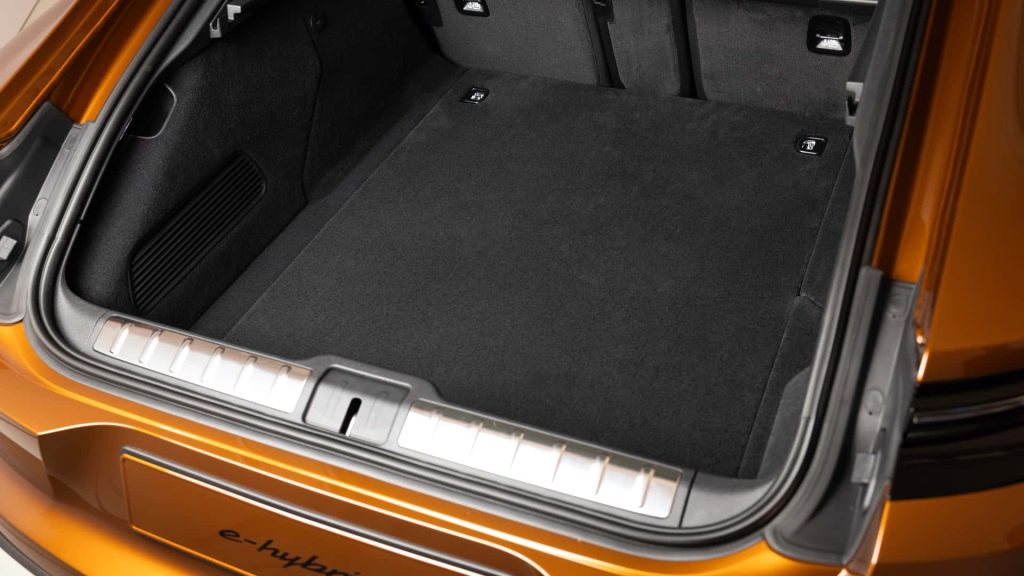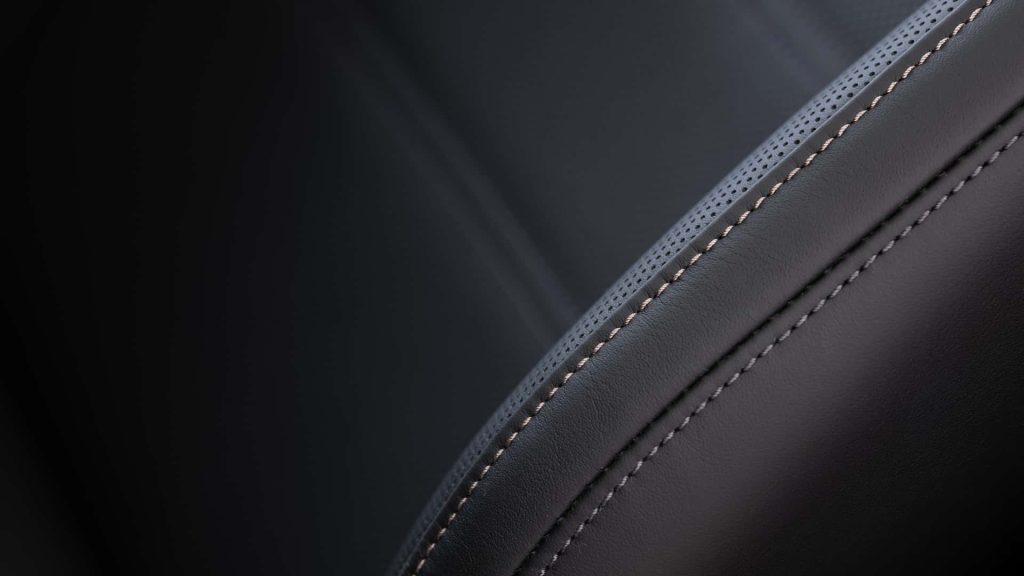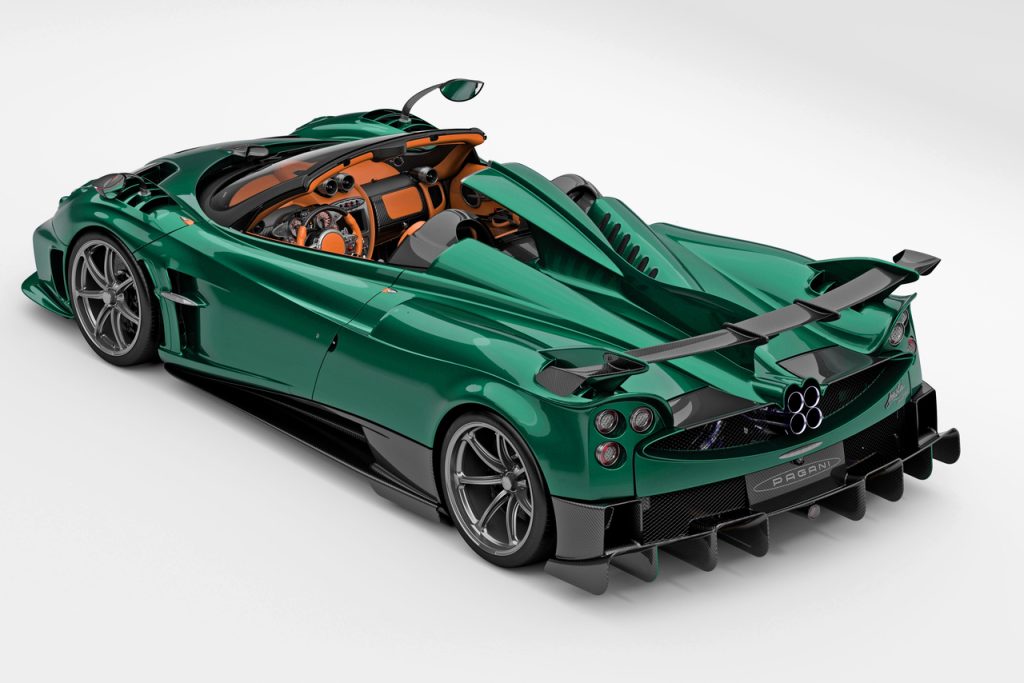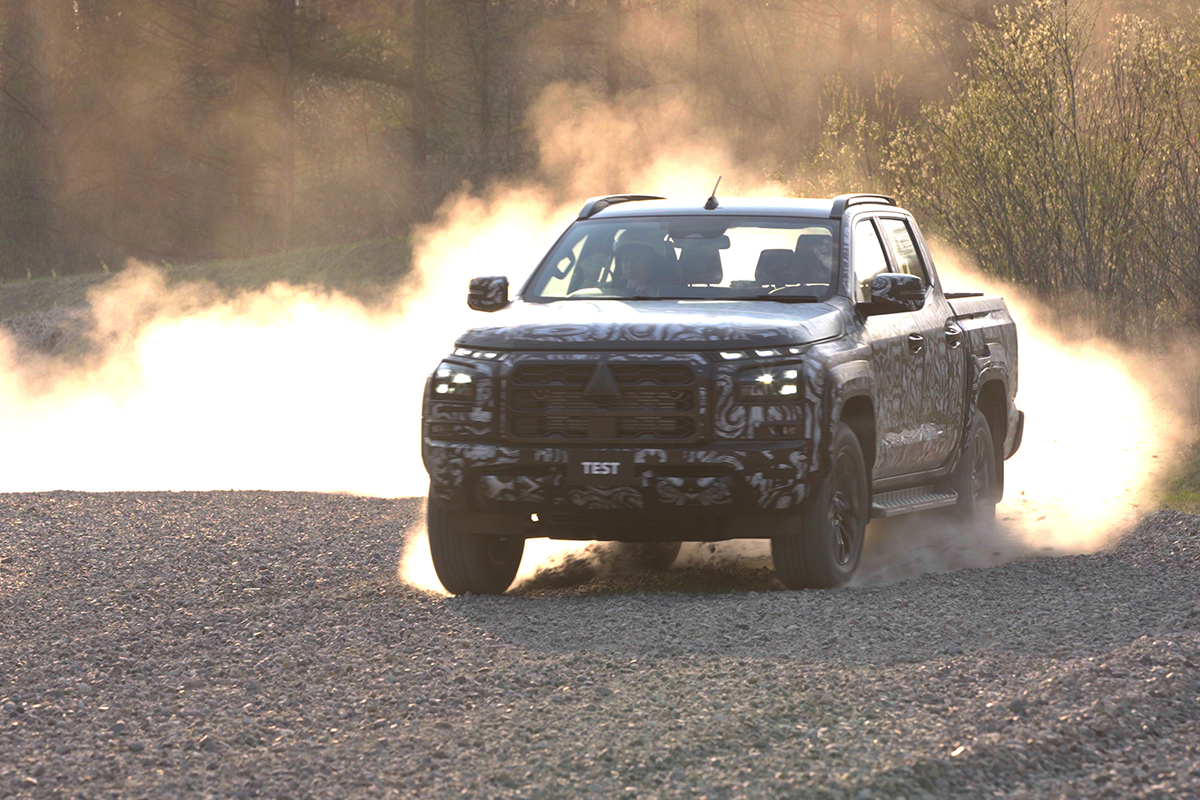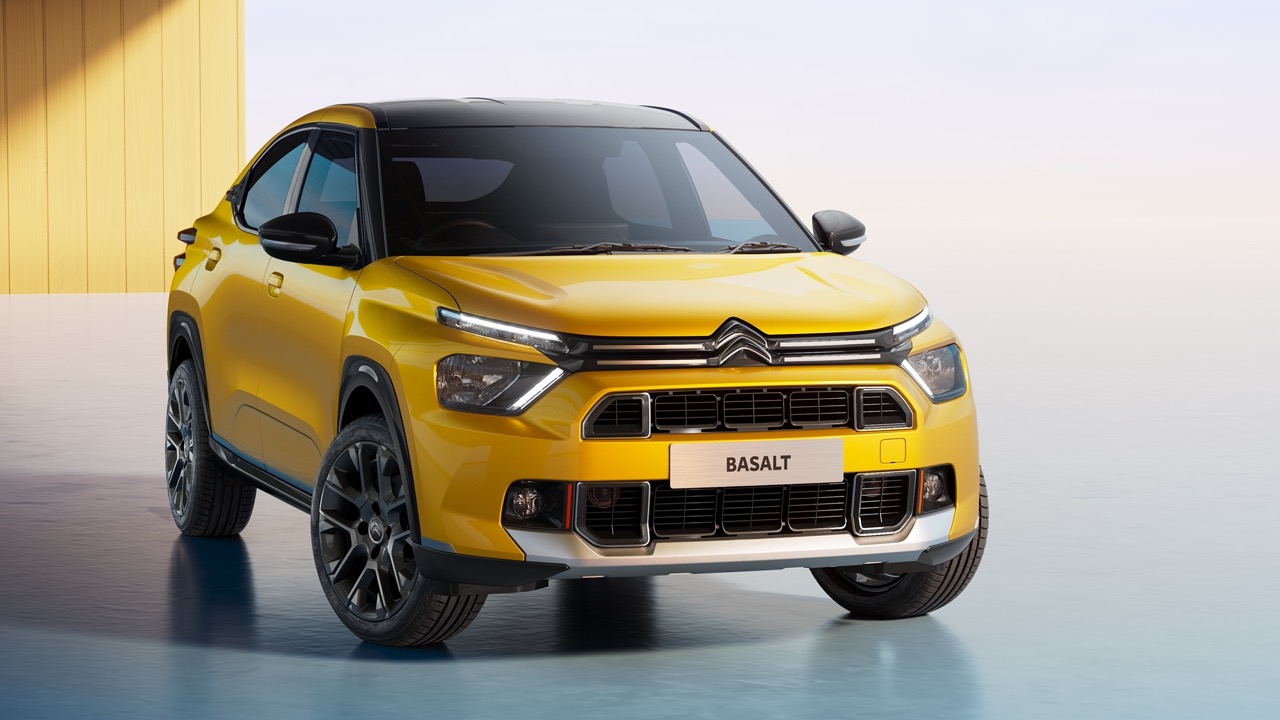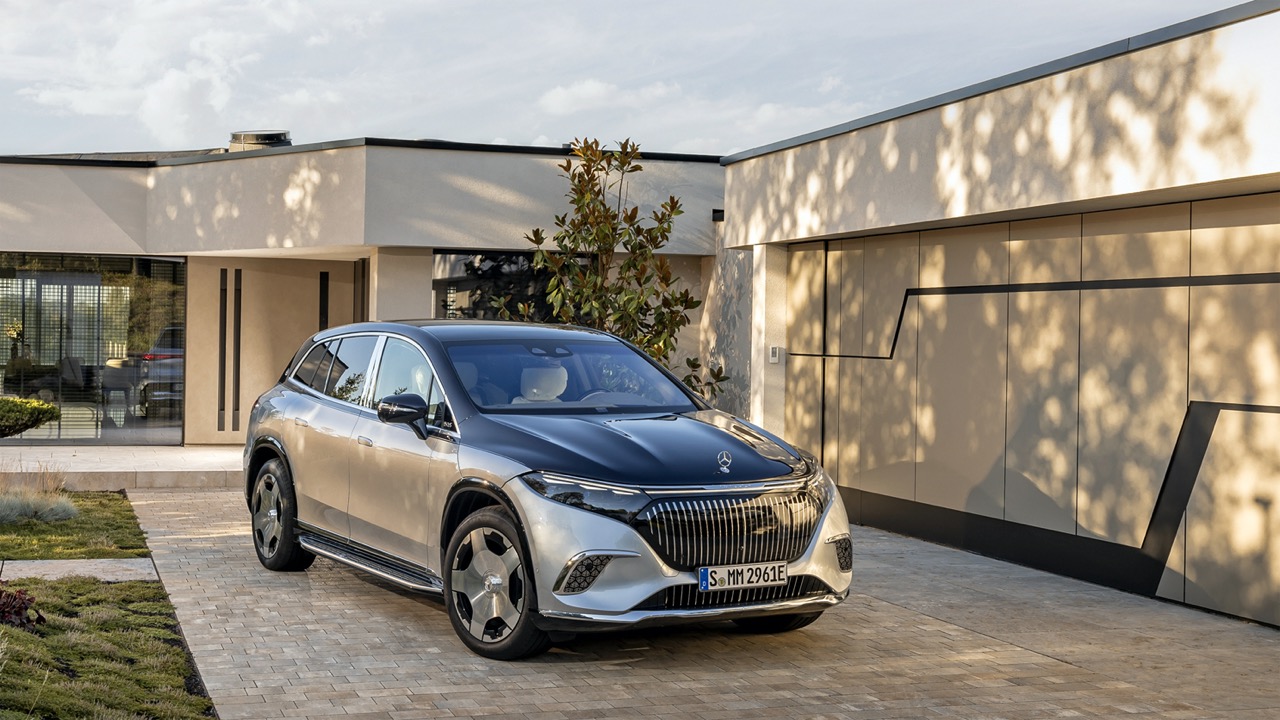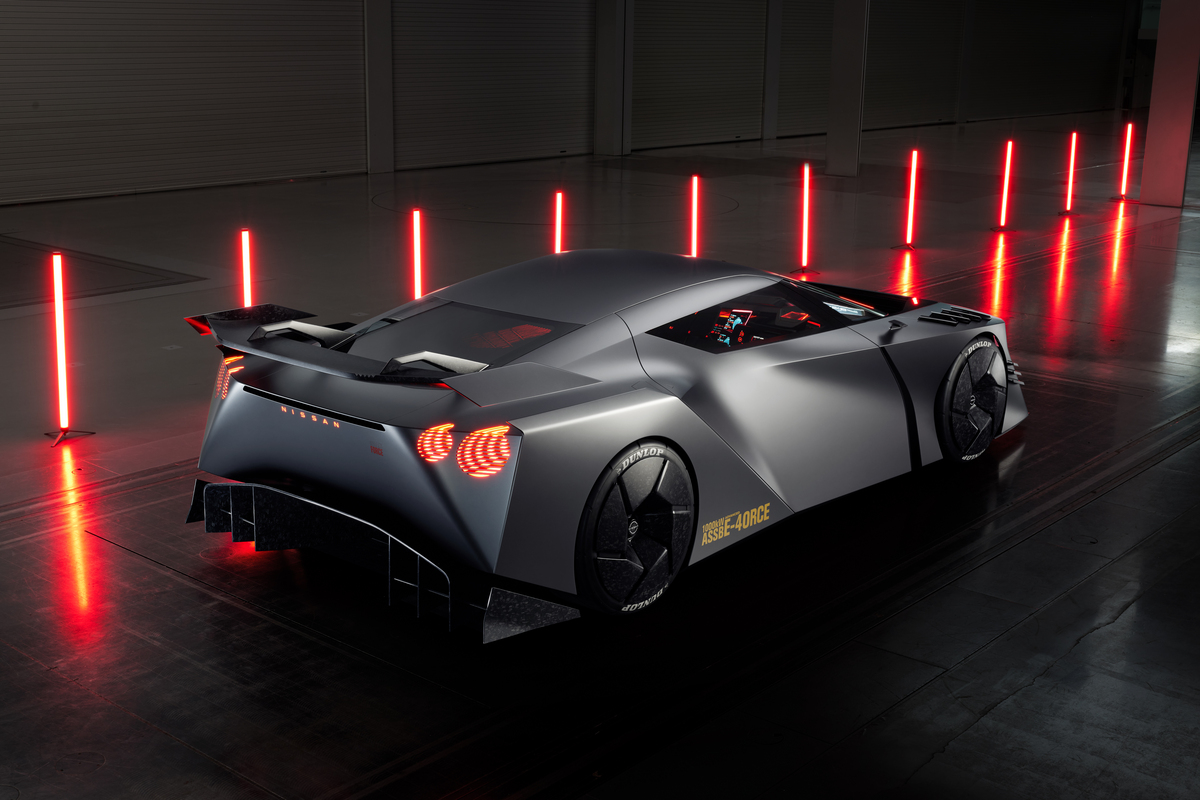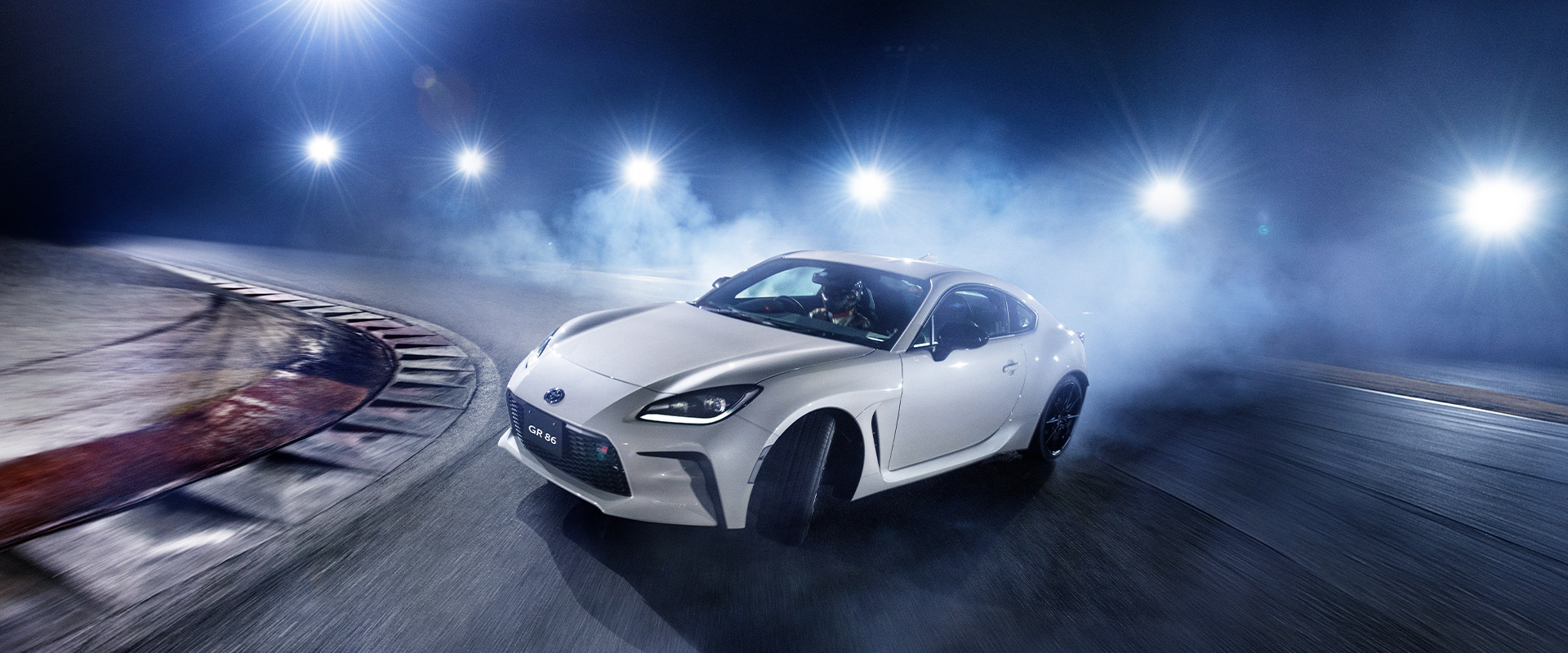In a major breakthrough, Hyundai has introduced the Uni Wheel technology, a transformative approach to electric vehicle (EV) motor design. This innovation is poised to significantly reduce the size of electric motors, creating more spacious interiors for passengers and cargo.
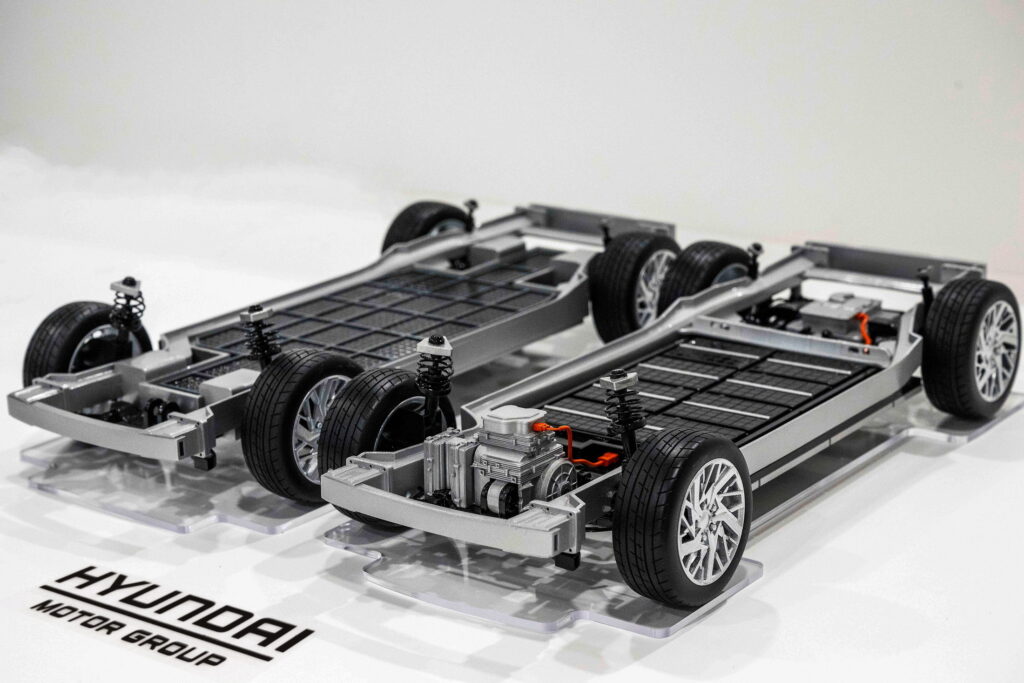
Uni Wheel Technology Overview
The Uni Wheel, building on in-hub motor concepts, repositions specific drive components required by electric cars inside the wheel. While the power unit remains external to the wheel, the reduction gear is ingeniously relocated into the wheel hub, resulting in a notably smaller motor size. This pioneering design allows Hyundai to adopt a configuration featuring one small motor per wheel, departing from the conventional approach of a larger drive unit for the entire axle.
Key Features and Advantages:
- Independent Wheel Power: The use of a small motor per wheel enables independent power distribution, enhancing both performance and safety by allowing each wheel to respond autonomously to diverse road conditions.
- Gear Arrangement: Internal relocation of gears facilitates efficient power transmission without the necessity of a CV joint. This unique gear arrangement allows unrestricted movement within the hub, eliminating efficiency losses associated with operating at angles and boosting power delivery and driving range.
- Versatile Ride Height Control: Uni Wheel technology provides engineers with unprecedented flexibility in controlling the vehicle’s ride height. The absence of a fixed CV joint allows dynamic adjustments, enabling the vehicle to lower for aerodynamic highway driving or raise for increased ground clearance without compromising performance.
- Scalability: Uni Wheel technology is adaptable, accommodating wheel sizes ranging from four inches for personal mobility devices to 25 inches for larger vehicles such as cars and SUVs.
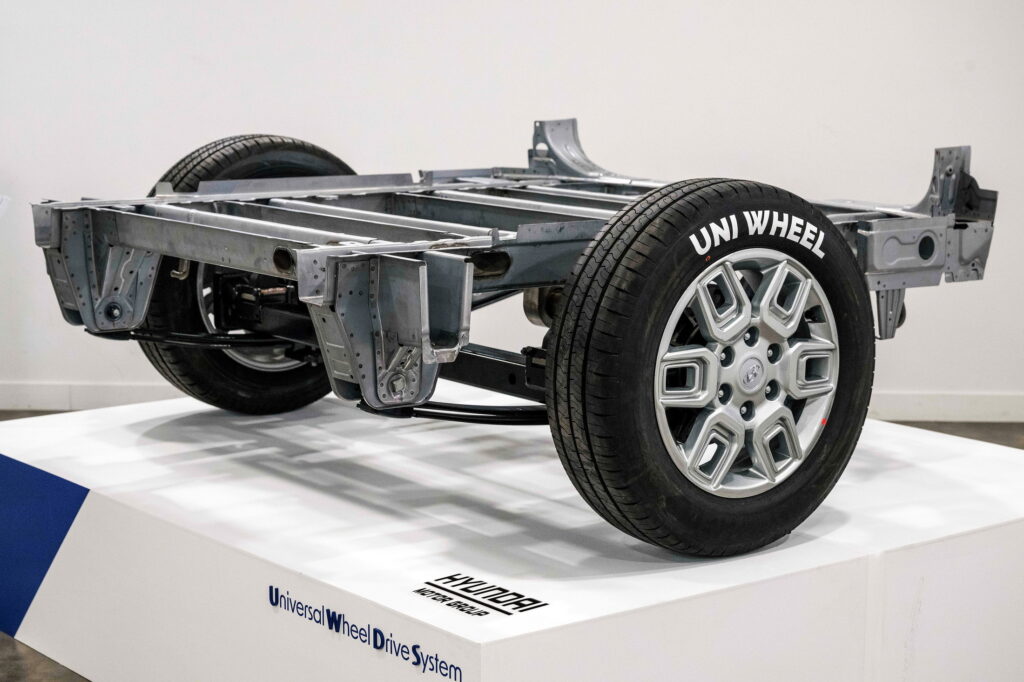
Future Applications and Production Timeline
Hyundai envisions the Uni Wheel technology being applicable to a diverse range of vehicles, from compact personal mobility devices to larger cars and SUVs. The company has conducted durability tests, indicating positive performance results. While the production timeline remains undisclosed, Hyundai has filed patents for the Uni Wheel in key markets, including Korea, Europe, and the United States.



